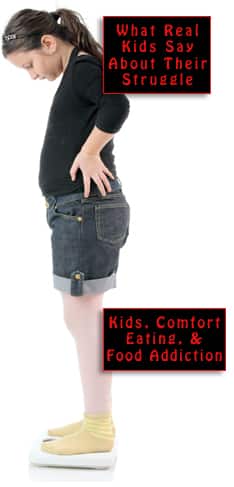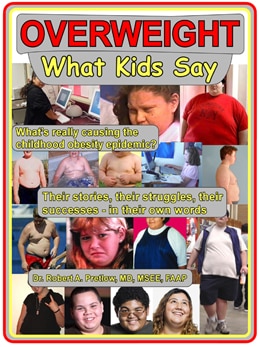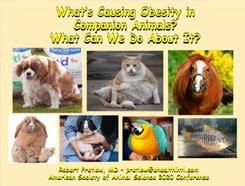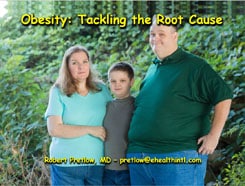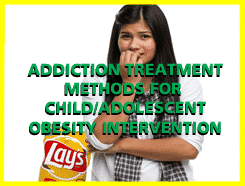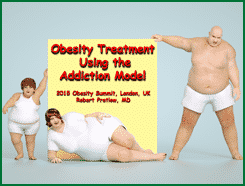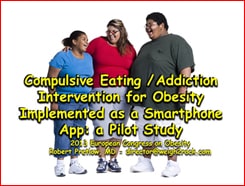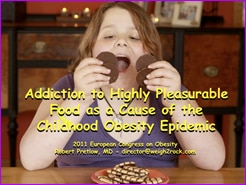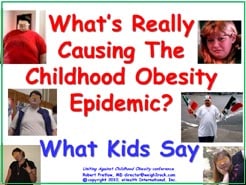More Media — An Oldie but Goodie

To continue the theme of Childhood Obesity Awareness Month, it must be noted that a large amount of awareness is conveyed and created by audio-visual media. In this post and the next, we look at a random assortment of such works.
A 26-minute film called Tipping the Scales was made 10 years ago and still pretty much holds true. The filmmakers could not, of course, have foreseen the havoc that would be caused by the coronavirus pandemic, which has only worsened the situation.
The award-winning documentary (Broadcast Education Association “Best of Festival” 2012; Rocky Mountain Emmy Nominee 2012) conveys perspectives from school administrators and leaders in the state of Arizona. It also features interviews with kids, parents, and educators from four elementary schools, and a cameo appearance by Michelle Obama. One of the messages is, when it comes to the equipment and personnel necessary to provide quality physical education, paying for these amenities should be regarded not as an expense, but as an investment.
Another message is that “Poverty and obesity go hand in hand” and of course there is mention of ethnic cultures and family cultures whose values clash with the overriding necessity to get this obesity epidemic under control. We also learn that a food portion should be the size of a child’s palm, enlarging of course as the child grows.
The children who appear in the film really do look happy. About a triathlon event, a swimming teacher says,
When we started out […] they were running one mile in over 25 minutes. Today they ran a mile, biked 3 miles, and swam 100 meters in under 33 minutes, so they have made incredible progress.
Teachers and administrators hope, of course, that the good influence they work so hard to exert will spread to other family members. Parents may have a hard time adapting the precepts embraced here, but ultimately, parents are responsible, from what they keep in the cupboards at home to their participation in such matters as school board elections.
From a coach who aspires to be a worthy role model, come sensible words:
This is a problem that we can resolve. This is not an issue where we’re waiting for a cure for it. We can do something about this. I’ve always said, “True health care is self care.” Start with yourself. There is a solution for this… We know the cure. You’ve got to respect your body. This is your castle.
May we suggest a few more media-related posts?
— Media Odds and Ends
— Charity and Charly
— Drop Dead Diva
— Fatty Patty
Your responses and feedback are welcome!
Source: “Tipping the Scales,” YouTube.com, January 2012
Image by Daniel Arauz/CC BY-SA 2.0










 FAQs and Media Requests:
FAQs and Media Requests: 